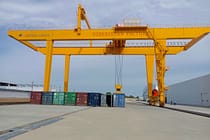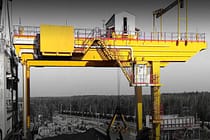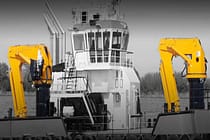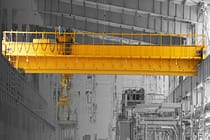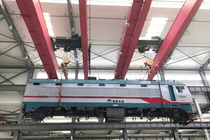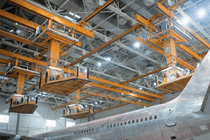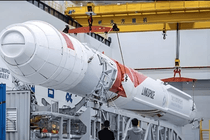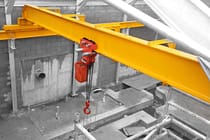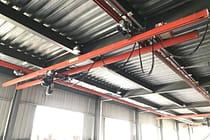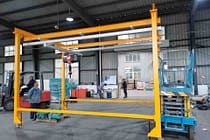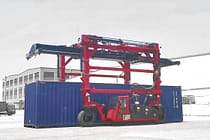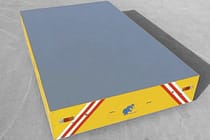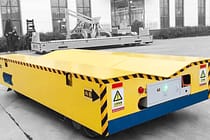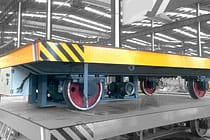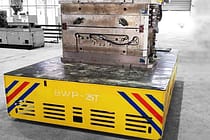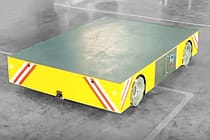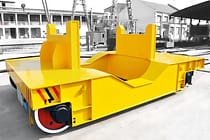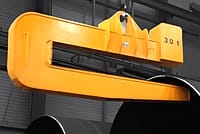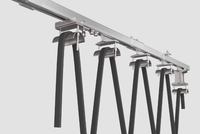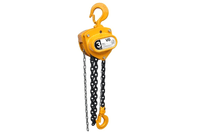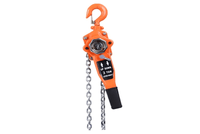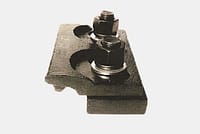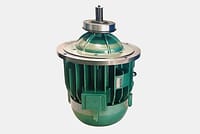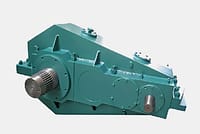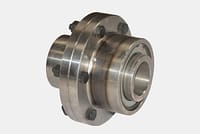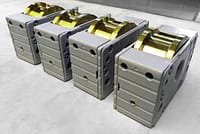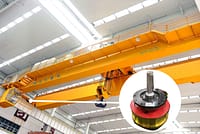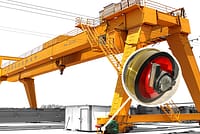How To Install A Single Girder Overhead Crane?
Installing a single girder overhead crane can seem like a daunting task, but with the right tools, knowledge, and preparation, it can be a relatively straightforward process. In this article, we will provide a step-by-step guide on how to install a single girder overhead crane.
What Is a Single Girder Overhead Crane?
A single girder overhead crane is a type of crane with one girder that runs along the length of the crane. The girder is attached to an end truck on either side, which moves the crane along a runway beam. The single girder overhead crane is an ideal solution for light-duty applications, and it is suitable for loads ranging from 250 lbs to 15 tons.
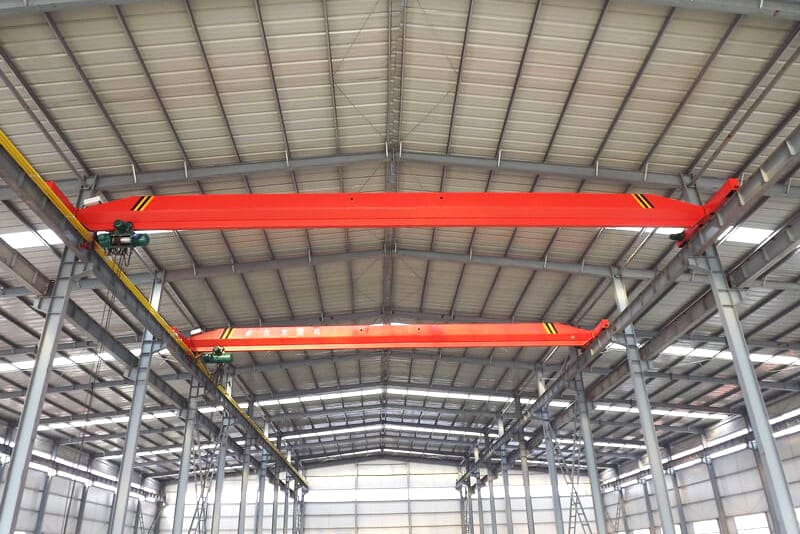
Importance of Proper Installation
Proper installation of a single girder overhead crane is essential to ensure safety and efficiency in the workplace. Improper installation can lead to accidents, equipment damage, and reduced productivity. Therefore, it is crucial to follow the manufacturer’s installation guidelines and safety procedures during the installation process.
Pre-Installation Preparation
Before beginning the installation process, it’s important to conduct a site survey to assess the area where the crane will be installed. This survey should include measuring the dimensions of the space and identifying any potential obstacles or hazards. Additionally, it’s crucial to determine the load capacity and requirements of the crane, such as the maximum weight capacity, lifting height, and working speed.
Obtaining necessary permits and approvals is another crucial step in the pre-installation process. This involves obtaining the necessary permits from local authorities and ensuring compliance with building codes and safety regulations.
Preparing the installation area involves ensuring that the space is free of debris, obstacles, and hazards. The area should be level, and the floor should have sufficient load-bearing capacity to support the crane and the loads it will be carrying.
Overview of the single girder overhead crane Installation Process
Installing an overhead crane is a complex process that requires careful planning and execution. The success of the installation largely depends on the accuracy of the installation process, especially in the installation of the supporting structure and the crane components.
The installation process of a single girder overhead crane involves several steps that must be followed to ensure a safe and efficient installation. The following is an overview of the installation process:
Installing the Supporting Structure
Before installing the supporting structure, a site survey should be conducted to determine the suitability of the site for the crane installation. The survey should identify any potential hazards or obstructions that could impact the installation process or the operation of the crane. Once the site is deemed suitable, the following steps should be taken:
1. Building the supporting columns or beams
The supporting columns or beams should be constructed in accordance with the crane manufacturer’s specifications. The columns or beams should be securely anchored to the foundation, and the concrete should be allowed to cure for the specified period.
2. Installing the runway beams
The runway beams should be installed on top of the supporting columns or beams, and they should be level and parallel to each other. The runway beams should be securely fastened to the supporting structure using bolts or welding, depending on the manufacturer’s specifications.
3. Mounting the end trucks
End trucks are the wheels on the end of the crane bridge that run along the runway beams. The end trucks should be mounted on the bridge and aligned to run along the runway beams smoothly. The end trucks should be securely fastened to the bridge and should be aligned with the center of the bridge.

4. Securing the supporting structure to the building
The supporting structure should be securely fastened to the building to prevent any movement during crane operation. The method of attachment will depend on the building structure and the crane manufacturer’s specifications.
Installing the Crane Components
After the supporting structure is installed, the crane components can be assembled and installed. The crane components include the hoist, trolley, bridge, and electrical components. The following steps should be taken:
5. Assembling the hoist
The hoist is the component that lifts and lowers the load. The hoist should be assembled according to the manufacturer’s specifications, and the brake and limit switch settings should be checked before installation.

6. Mounting the trolley on the bridge
The trolley is the component that moves the hoist horizontally along the bridge. The trolley should be mounted on the bridge and aligned with the end trucks. The alignment should be checked to ensure smooth movement along the runway beams.
7. Connecting the bridge to the runway beams
The bridge is the component that spans the distance between the supporting structure and the end trucks. The bridge should be connected to the runway beams using bolts or welding, depending on the manufacturer’s specifications. The alignment of the bridge should be checked to ensure that it is parallel to the runway beams.
8. Installing the electrical components
The electrical components include the power supply, motor, and controls. The electrical components should be installed according to the manufacturer’s specifications, and the wiring should be checked for proper connections and insulation.
Testing and Commissioning
After the crane components are installed, the crane should undergo load tests and system checks to ensure that it is operating safely and efficiently. The following steps should be taken:
9. Conducting load tests and system checks
Load tests should be conducted to ensure that the crane can lift the specified load capacity without any issues. System checks should be conducted to ensure that all components are working properly, and there are no safety hazards.
10. Fine-tuning the crane’s movements and controls
The crane’s movements and controls should be fine-tuned to ensure that they are smooth and responsive. The crane operator should be trained on the proper use of the controls and the safety procedures.
Proper installation of a single girder overhead crane is essential to ensure safety, efficiency, and productivity in the workplace. It is important to follow the manufacturer’s installation guidelines and safety procedures during the installation process. By understanding the overview of the installation process, you can ensure a successful installation of your single girder overhead crane.
Send Your Inquiry
- Email: sales@hndfcrane.com
- WhatsApp: +86 191 3738 6654
- Telegram: +86 191 3738 6654
- Tel: +86-373-581 8299
- Fax: +86-373-215 7000
- Add: Changnao Industrial District, Xinxiang City, Henan Province, China
 WeChat
WeChat








